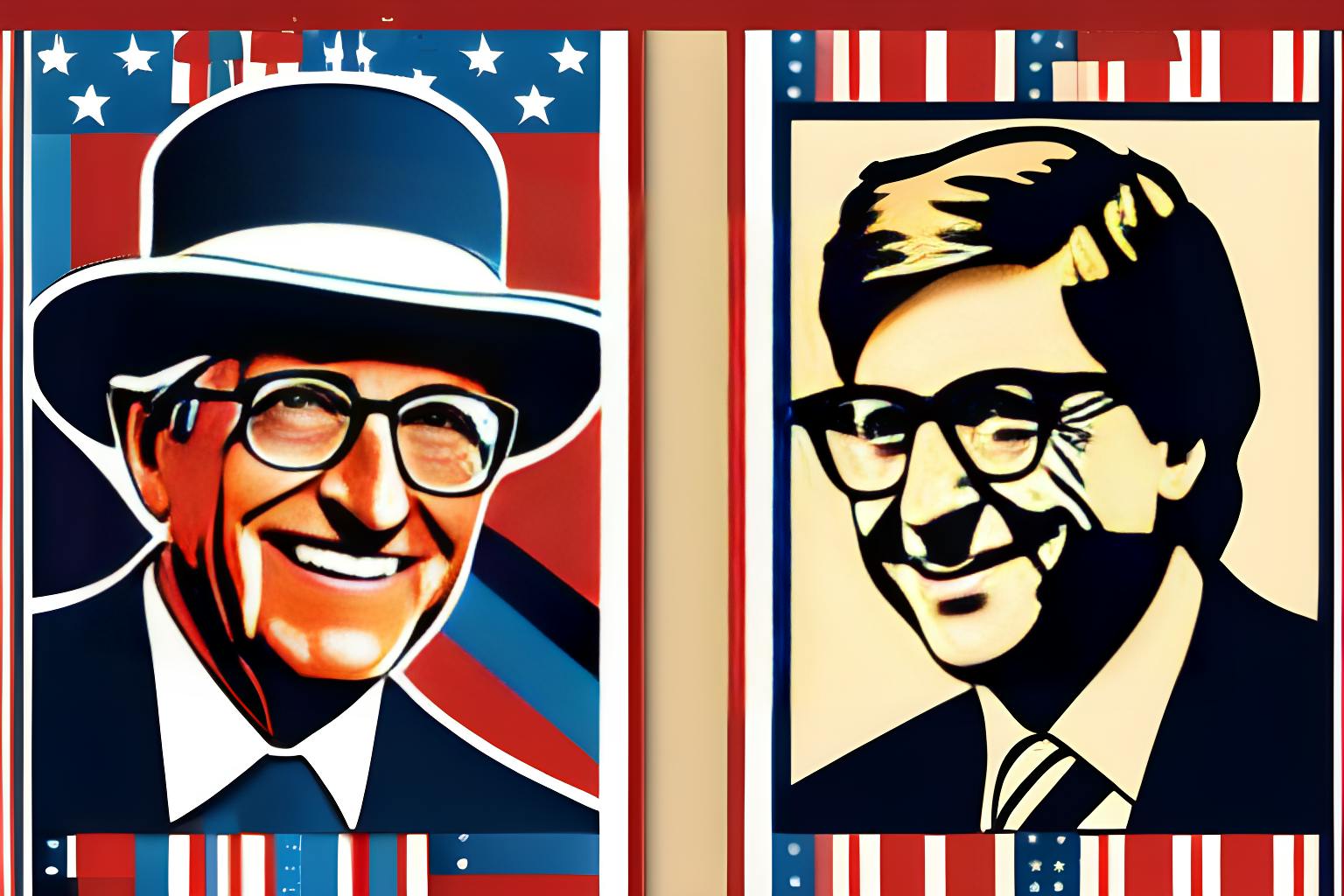United States Of America. v. Microsoft Corporation Court Filing by Thomas Penfield Jackson, November 5, 1999, is part of
Case Number: Civil Action No. 98-1232 (TPJ) and Civil Action No. 98-1233 (TPJ)
Plaintiff: United States Of America and State of New York
Defendant: Microsoft Corporation
Filing Date: November 5, 1999
Location: UNITED STATES DISTRICT COURT FOR THE DISTRICT OF COLUMBIA
TABLE OF LINKS
2. Non-Intel-Compatible PC Operating Systems
5. Server-Based Computing Generally
B. The Possibility of Supply Responses
III. MICROSOFT’S POWER IN THE RELEVANT MARKET
B. The Applications Barrier to Entry
1. Description of the Applications Barrier to Entry
2. Empirical Evidence of the Applications Barrier to Entry
3. Open-Source Applications Development
4. Cloning the 32-Bit Windows APIs
C. Viable Alternatives to Windows
D. Price Restraint Posed by Microsoft’s Installed Base
E. Price Restraint Posed by Piracy
F. Price Restraint Posed by Long-Term Threats
G. Significance of Microsoft’s Innovation
H. Microsoft’s Pricing Behavior
I. Microsoft’s Actions Toward Other Firms
B. Sun’s Implementation of the Java Technologies
V. MICROSOFT’S RESPONSE TO THE BROWSER THREAT
A. Microsoft’s Attempt to Dissuade Netscape from Developing Navigator as a Platform
B. Withholding Crucial Technical Information
C. The Similar Experiences of Other Firms in Dealing with Microsoft
D. Developing Competitive Web Browsing Software
E. Giving Internet Explorer Away and Rewarding Firms that Helped Build Its Usage Share
F. Excluding Navigator from Important Distribution Channels
1. The Importance of the OEM and IAP Channels
2. Excluding Navigator from the OEM Channel
a. Binding Internet Explorer to Windows
i. The Status of Web Browsers as Separate Products
iv. The Market for Web Browsing Functionality
c. Pressuring OEMs to Promote Internet Explorer and to not Pre-Install or Promote Navigator
d. Effect of Microsoft’s Actions in the OEM Channel
3. Excluding Navigator from the IAP Channel
a. The Internet Explorer Access Kit Agreements
b. The Referral Server Agreements
c. The Online Services Folder Agreements
d. Effect of Microsoft’s Actions in the IAP Channel
4. Inducing ICPs to Enhance Internet Explorer’s Usage Share at Navigator’s Expense
6. Foreclosing Apple as a Distribution Channel for Navigator
1. The Change in the Usage Shares of Internet Explorer and Navigator
2. The Cause of the Change in Usage Shares
VI. MICROSOFT’S RESPONSE TO THE THREAT POSED BY SUN’S IMPLEMENTATION OF JAVA
C. Thwarting the Expansion of the Java Class Libraries
VII. THE EFFECT ON CONSUMERS OF MICROSOFT’S EFFORTS TO PROTECT THE APPLICATIONS BARRIER TO ENTRY
Continue reading here.
About HackerNoon Legal PDF Series: We bring you the most important technical and insightful public domain court case filings.
This court case Civil Action No. 98-1232 (TPJ) and Civil Action No. 98-1233 (TPJ) retrieved on [1-13-2023], from justice.gov is part of the public domain. The court-created documents are works of the federal government, and under copyright law, are automatically placed in the public domain and may be shared without legal restriction.

